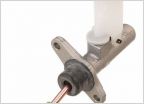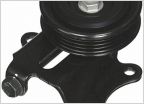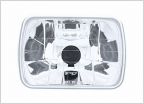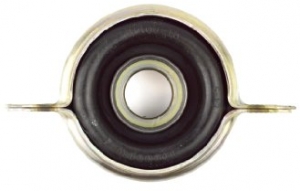-
Welcome to Tacoma World!
You are currently viewing as a guest! To get full-access, you need to register for a FREE account.
As a registered member, you’ll be able to:- Participate in all Tacoma discussion topics
- Communicate privately with other Tacoma owners from around the world
- Post your own photos in our Members Gallery
- Access all special features of the site
Help identifying hose from intake to driver's side valve cover
Discussion in '1st Gen. Tacomas (1995-2004)' started by PathFinder1776, Feb 4, 2025.


 Clutch Master Cylinder HELP
Clutch Master Cylinder HELP Power steering belt tensioner assembly bolt p/n 44350-34010
Power steering belt tensioner assembly bolt p/n 44350-34010 97 Tacoma head light change
97 Tacoma head light change







































































